Teaching children about Umrah is an essential part of Islamic education for Muslim families in the United States. As families navigate life in a Western country, creating meaningful connections to Islamic practices can be both challenging and rewarding. Umrah, often referred to as the “lesser pilgrimage,” holds profound spiritual significance in Islam, yet many Muslim children in the USA may not have the opportunity to experience it firsthand. This comprehensive guide aims to provide families with engaging, age-appropriate methods to teach their children about Umrah, fostering a deeper understanding of this sacred journey regardless of whether they have the chance to perform it in the near future.
Understanding Umrah
What is Umrah?
Umrah is an Islamic pilgrimage to Mecca, Saudi Arabia, that can be performed at any time of the year. Unlike Hajj, which has specific dates and is one of the Five Pillars of Islam, Umrah is a Sunnah (recommended) act of worship. The word “Umrah” itself means “to visit a populated place.” The journey involves a series of prescribed rituals that symbolize various aspects of Islamic faith and history.
The Significance of Umrah in Islam
Umrah holds immense spiritual significance in Islam. It is considered a means to seek forgiveness from Allah, purify the soul, and gain closeness to the Divine. Prophet Muhammad (peace be upon him) emphasized the virtues of performing Umrah, stating that an Umrah is an expiation for the sins between it and another Umrah. For Muslim families in the USA, understanding and teaching about Umrah helps children connect with their faith heritage and global Muslim community.
Umrah vs. Hajj: Key Differences
While both Umrah and Hajj involve pilgrimages to Mecca, they differ in several important ways:
| Aspect | Umrah | Hajj |
|---|---|---|
| Timing | Can be performed at any time of year | Only during specific days of Islamic calendar (Dhu al-Hijjah) |
| Religious Status | Sunnah (recommended) | Fard (obligatory) for those who are able |
| Rituals | Includes Ihram, Tawaf, Sa’i, and shaving/cutting hair | All Umrah rituals plus additional ones like Arafat, Muzdalifah, and Stoning of the Jamarat |
| Duration | Can be completed in a few hours to a few days | Requires 5-6 days |
Key Components of Umrah
The State of Ihram
The first step in performing Umrah is entering the state of Ihram. This involves making the intention (niyyah) for Umrah and reciting the Talbiyah. The Ihram consists of specific garments—two white, unstitched pieces of cloth for men and modest, simple clothing for women. It also involves certain prohibitions such as cutting hair or nails, using perfume, engaging in marital relations, and hunting.
Tawaf: Circling the Kaaba
Tawaf is the act of circling the Kaaba, the cubic building at the center of Masjid al-Haram in Mecca, seven times in a counter-clockwise direction. Each circuit represents a connection to Allah and symbolizes the unity of Muslims in worship. During Tawaf, pilgrims recite prayers and supplications, with the first three circuits typically performed at a hurried pace (called Ramal) and the remaining four at a normal pace.
Sa’i: Walking Between Safa and Marwah
Sa’i involves walking seven times between the hills of Safa and Marwah, commemorating Prophet Ibrahim’s wife Hajar’s search for water for her infant son Ismail. This ritual symbolizes patience, faith, and trust in Allah’s provisions. The distance between Safa and Marwah is approximately 450 meters, and pilgrims can walk, run, or use moving walkways provided in the Grand Mosque.
Tahallul: Exiting the State of Ihram
After completing Tawaf and Sa’i, men shave their heads or trim their hair, while women cut a small amount of their hair. This act, known as Tahallul, signifies the completion of Umrah and the exit from the state of Ihram. After this, pilgrims may resume normal activities except for those that remain prohibited until they have completed all Umrah rituals.
Ziyarah: Visiting Other Sacred Sites
While not mandatory, many pilgrims choose to visit other significant sites in and around Mecca during their Umrah journey. These include the Mountain of Hira where Prophet Muhammad (peace be upon him) received the first revelation, the Cave of Thawr where he sought refuge during his migration to Medina, and the Jannat al-Mu’alla cemetery where many of Prophet Muhammad’s relatives are buried.
Benefits and Importance of Teaching Kids About Umrah
Spiritual Development
Teaching children about Umrah from a young age helps in their spiritual development. Understanding the rituals and their meanings helps children connect with their faith on a deeper level. When children learn about the significance of Tawaf as a symbol of unity or the story behind Sa’i as a lesson in patience, these concepts become more than abstract ideas—they become living lessons that can be applied to their daily lives.
Cultural Identity and Heritage
For Muslim children growing up in the USA, learning about Umrah helps strengthen their cultural and religious identity. It connects them to their global Muslim community (Ummah) and provides a sense of belonging. Understanding the historical and spiritual significance of Mecca as the direction of prayer (Qibla) and the destination of millions of pilgrims each year helps children appreciate their place within the broader Islamic civilization.
Moral and Ethical Lessons
Umrah is rich with moral and ethical lessons that can be imparted to children. The humility demonstrated by wearing simple Ihram garments teaches the importance of modesty and equality before Allah. The physical exertion required during Tawaf and Sa’i instills perseverance and dedication. The gathering of Muslims from diverse backgrounds highlights the Islamic values of unity and brotherhood.
Preparation for Future Pilgrimage
Even if children won’t be performing Umrah or Hajj immediately, early education prepares them for these sacred journeys when they are older. Understanding the rituals, their significance, and proper etiquette means they will be more confident and knowledgeable when the time comes to perform these acts of worship themselves.
Family Bonding
Learning about Umrah as a family creates opportunities for bonding and shared experiences. Parents can incorporate Umrah-related activities into their daily lives, making Islamic education an ongoing family project rather than a formal lesson. This shared learning experience strengthens family relationships and creates lasting memories.
Practical Applications: Engaging Ways to Teach Kids About Umrah
Age-Appropriate Learning Resources
Books and Storybooks
Books are excellent tools for teaching children about Umrah. Look for age-appropriate storybooks that explain Umrah rituals in simple terms and highlight the stories of prophets associated with these sites. For younger children, picture books with illustrations of the Kaaba and the rituals of Umrah can make the concepts more tangible. For older children, more detailed books that explain the historical context and significance of each ritual can be appropriate.
Interactive Apps and Digital Resources
In today’s digital age, numerous apps and websites offer interactive ways to learn about Umrah. Apps like “Umrah & Hajj Guide” provide step-by-step instructions with visual aids, while virtual reality experiences can give children a simulated tour of the Grand Mosque in Mecca. These digital resources can be particularly engaging for tech-savvy children and those who may not have the opportunity to visit Mecca in person.
Educational Videosh4>
Short, educational videos can effectively demonstrate Umrah rituals and their meanings. Look for videos specifically designed for children that use simple language, engaging animations, and clear demonstrations of each step. Documentaries about the Hajj and Umrah season can also help children visualize the scale and significance of these pilgrimages.
Hands-On Activities and Role-Playing
Mini Umrah Simulation at Home
Create a mini Umrah simulation at home using a small representation of the Kaaba (which can be a cardboard box covered in black fabric) and designate a small area for Sa’i between two points in your home. Children can practice the rituals in a scaled-down version, helping them understand the sequence and physical movements involved. This can be especially effective for kinesthetic learners who learn best through doing.
Ihram Dress-Up and Role-Playing
Children can dress in simple Ihram-like clothing (white sheets for boys, modest dresses for girls) and role-play the different stages of Umrah. This helps them become familiar with the attire and the sequence of rituals. Parents can guide them through each step, explaining the significance and reciting relevant supplications in simple terms.
Creative Projects and Crafts
Building a Model of the Kaaba
As a family craft project, building a model of the Kaaba can be both educational and enjoyable. Use materials like cardboard, paper mache, or even LEGO bricks to create a three-dimensional model. While working on the project, parents can share facts about the Kaaba’s history, its construction, and its significance in Islam.
Creating an Umrah Journey Journal
Encourage children to create their own Umrah journey journals, where they can write or draw about what they’ve learned, their feelings about the rituals, and questions they may have. This helps reinforce their learning and allows them to express their understanding in their own way. For younger children who cannot write yet, drawing pictures of the Kaaba, pilgrims, or different rituals can be an effective alternative.
Community and Mosque-Based Learning
Umrah Workshops for Children
Many mosques and Islamic centers in the USA offer workshops specifically designed to teach children about Umrah and Hajj. These workshops often include interactive activities, demonstrations of the rituals, and question-and-answer sessions. Participating in such community events helps children learn alongside their peers and build connections with other Muslim families.
Guest Speakers and Elder Stories
Invite family members or community members who have performed Umrah to share their experiences with children. Personal stories and memories can make the concepts more relatable and inspiring. Children often respond well to narratives about real people’s journeys and the spiritual transformations they experienced.
Integration into Daily Life and Worship
Learning About the Qibla
Since Muslims around the world, including those performing Umrah, face the Kaaba during prayer, teaching children about the Qibla (direction of prayer) is a practical way to connect them to Umrah. Use a globe or world map to show children the direction of Mecca from their location in the USA. This helps them understand the global unity of Muslims in their daily prayers.
Reciting Dua and Supplications
Teach children the supplications recited during different stages of Umrah, such as the Talbiyah and prayers during Tawaf and Sa’i. Even
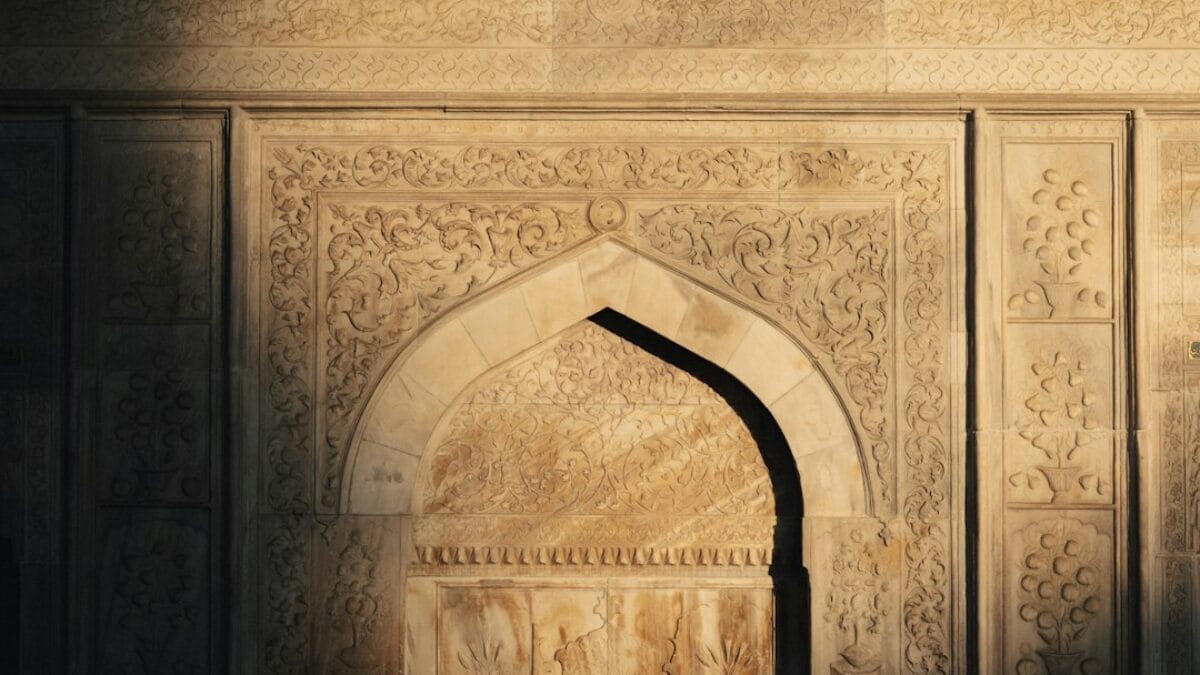

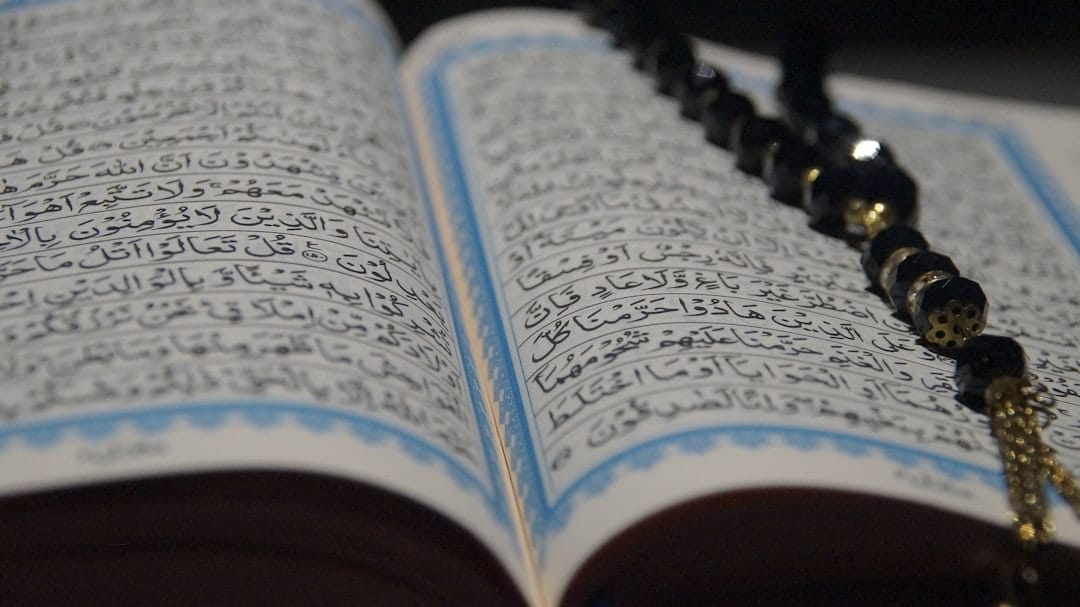

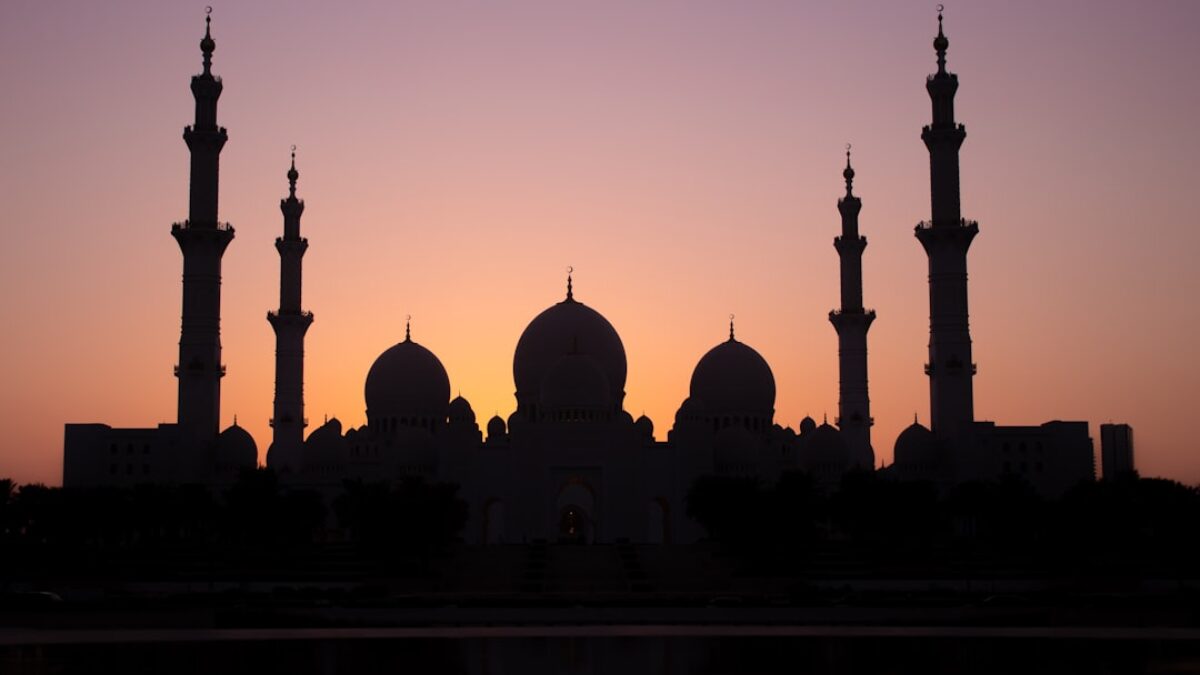
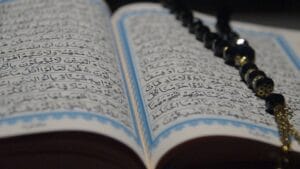


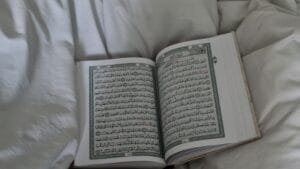

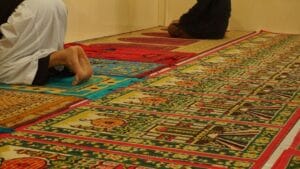
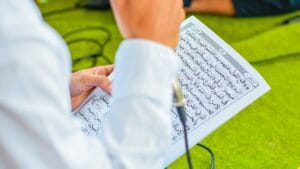
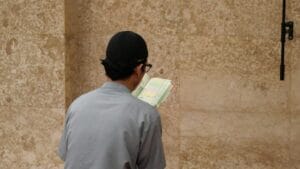
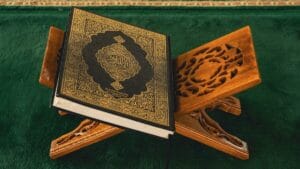
Post Comment